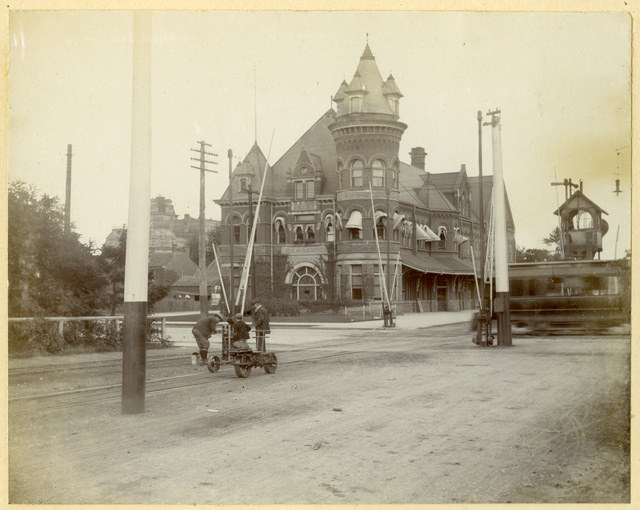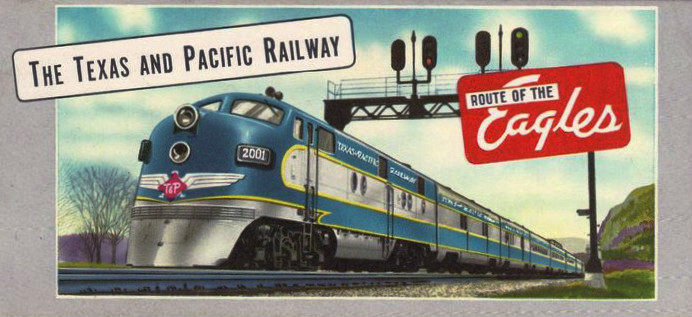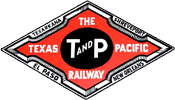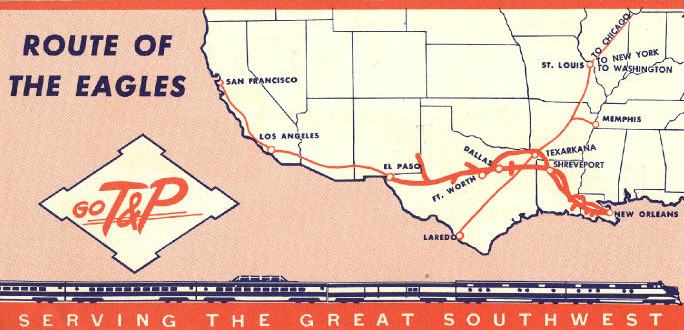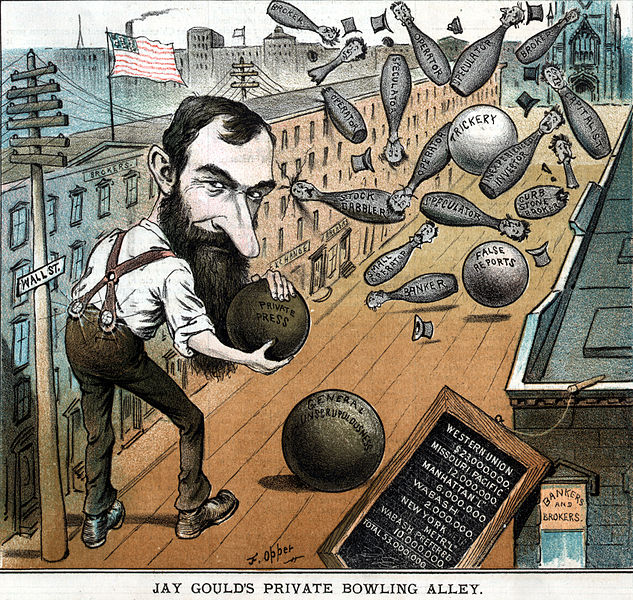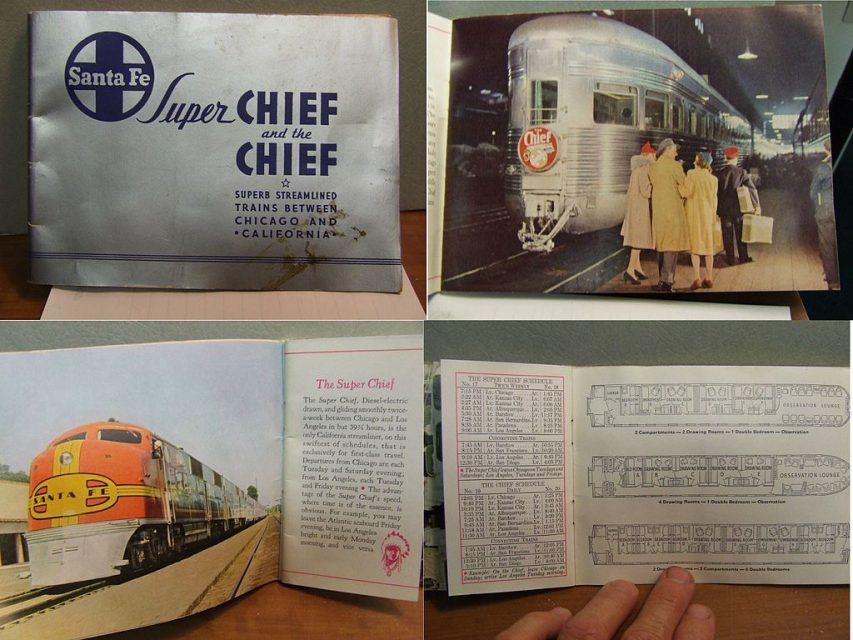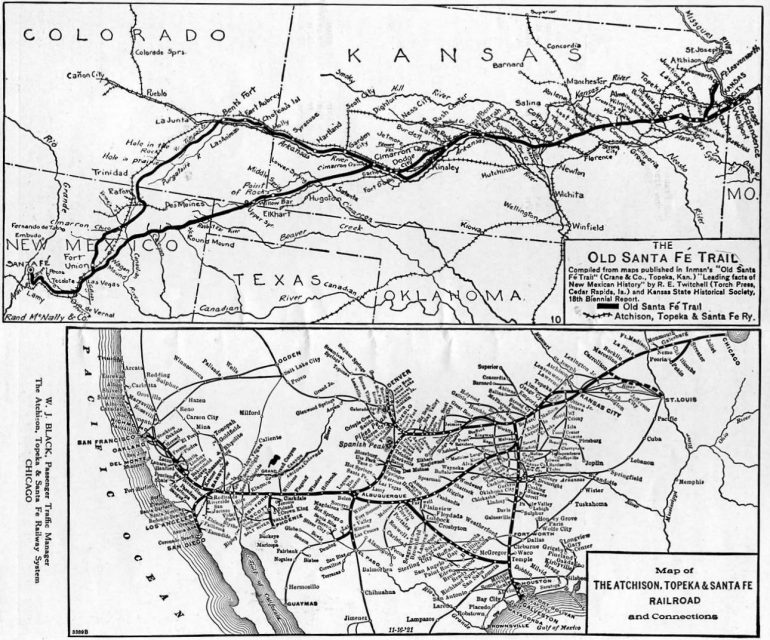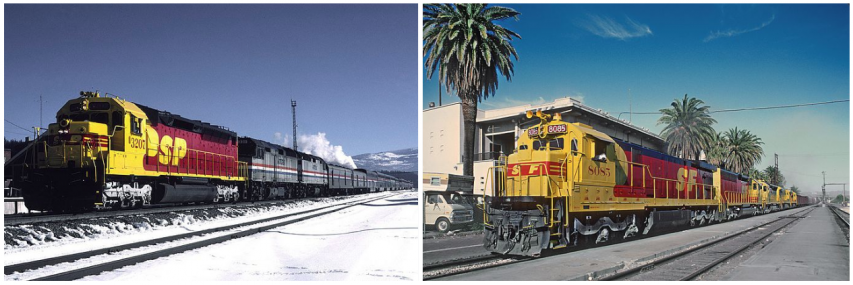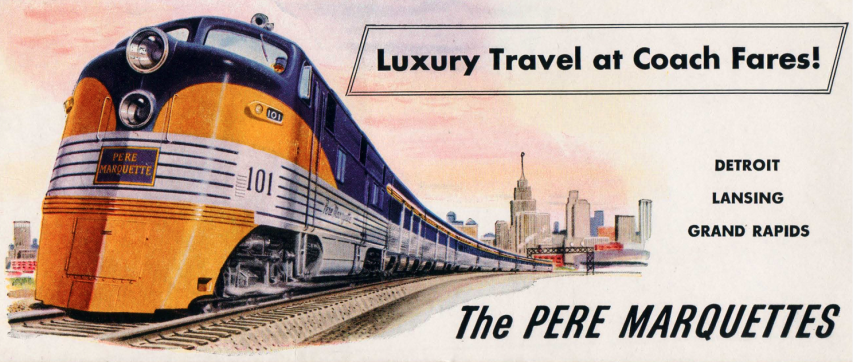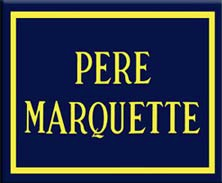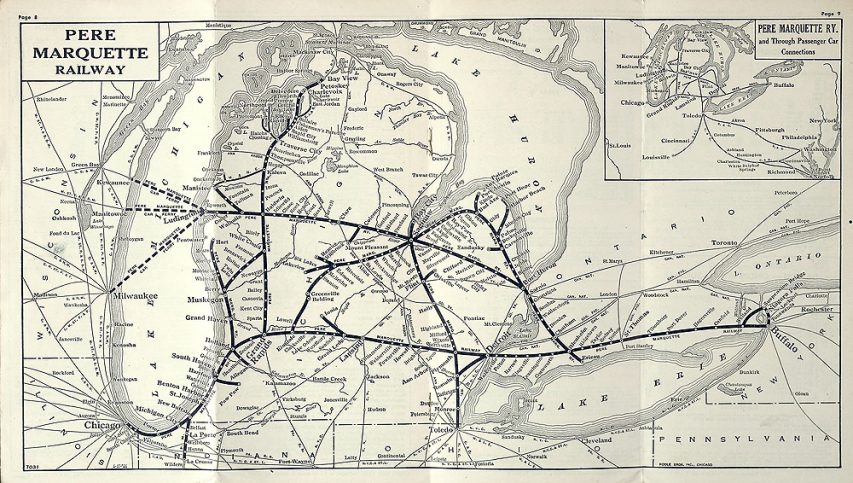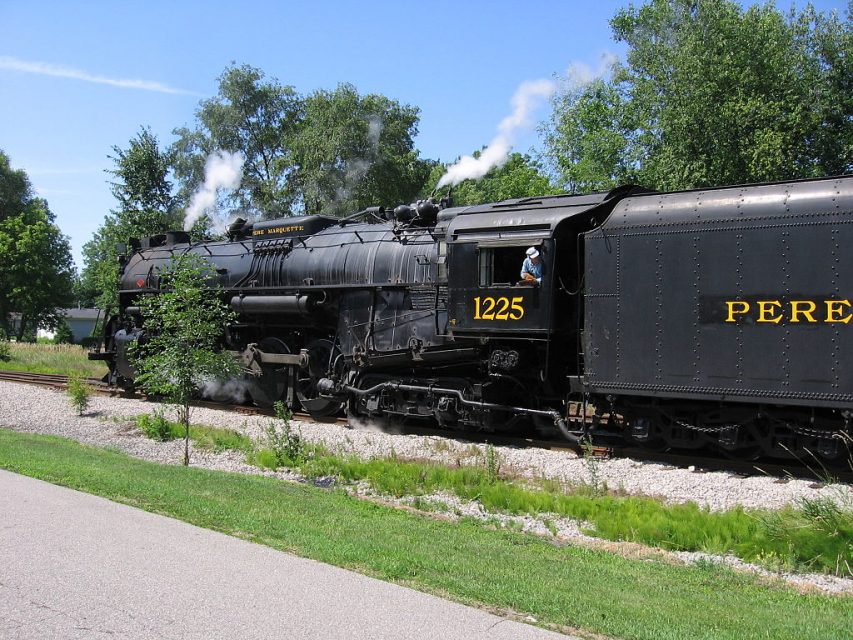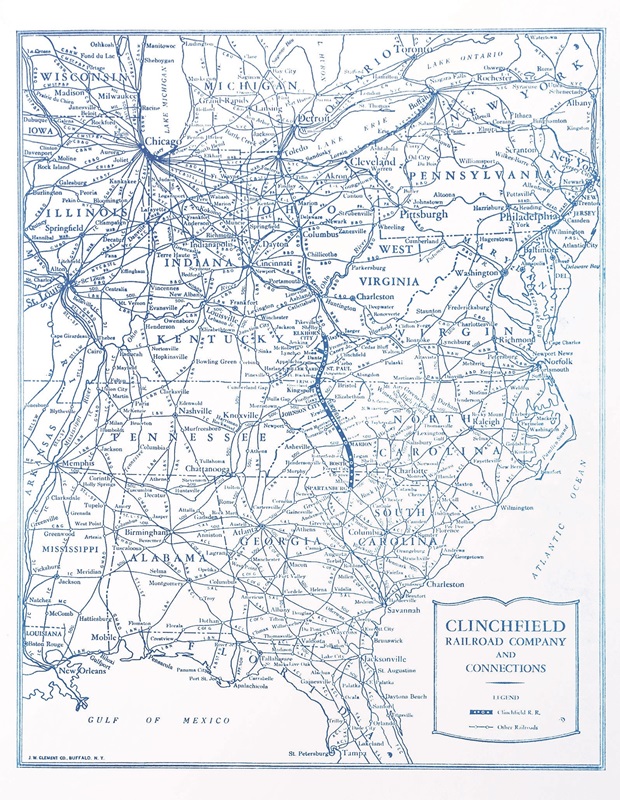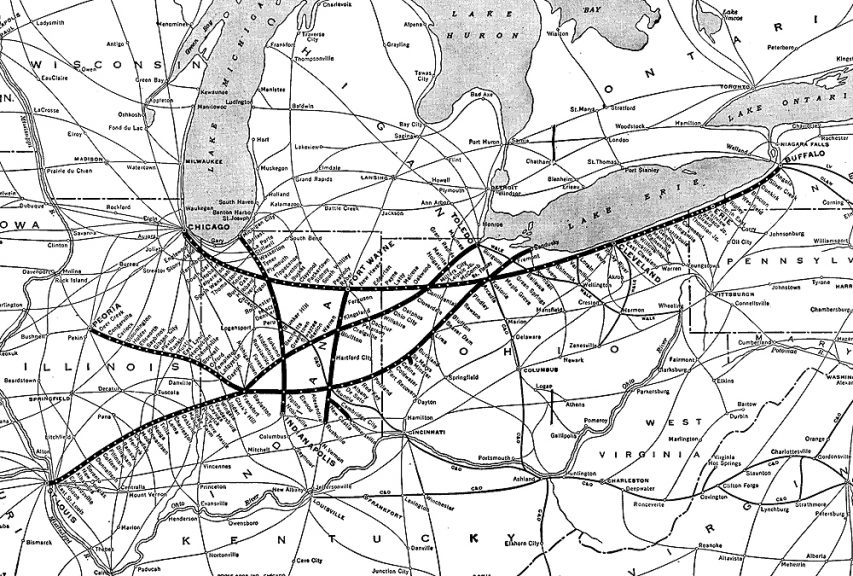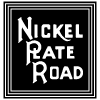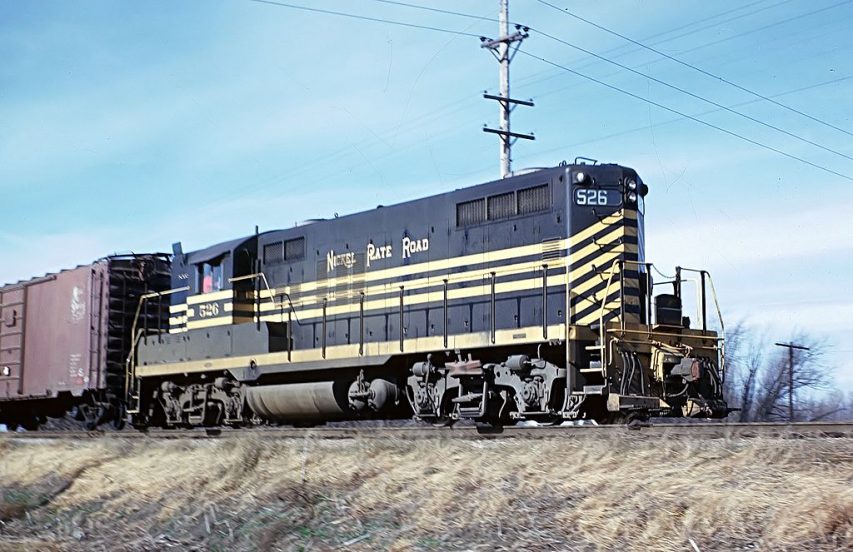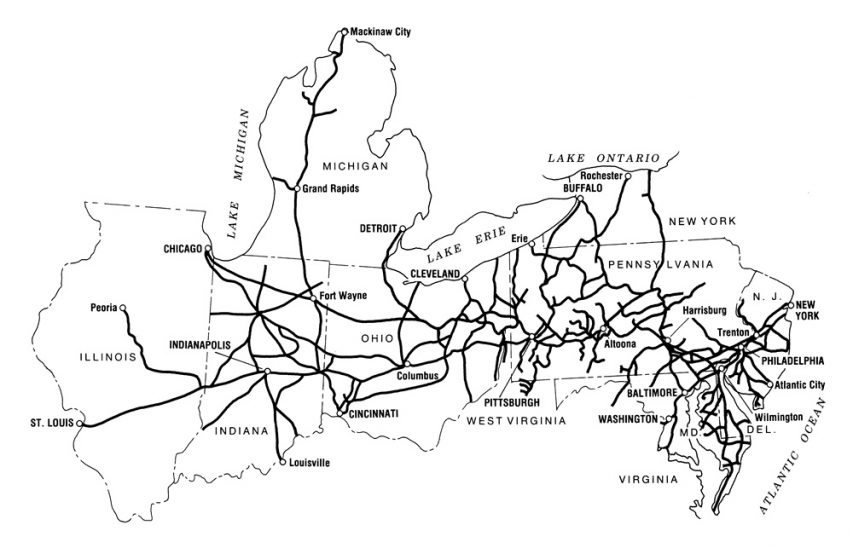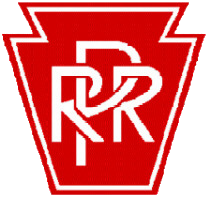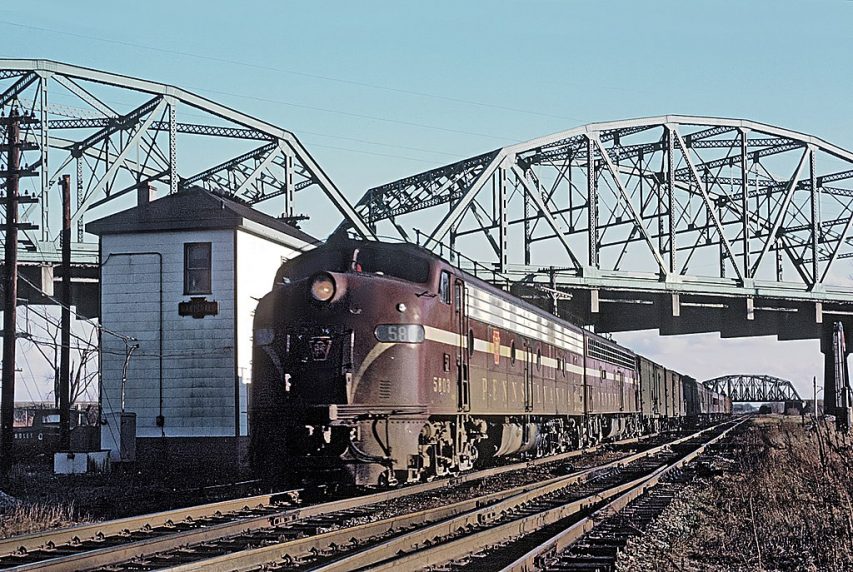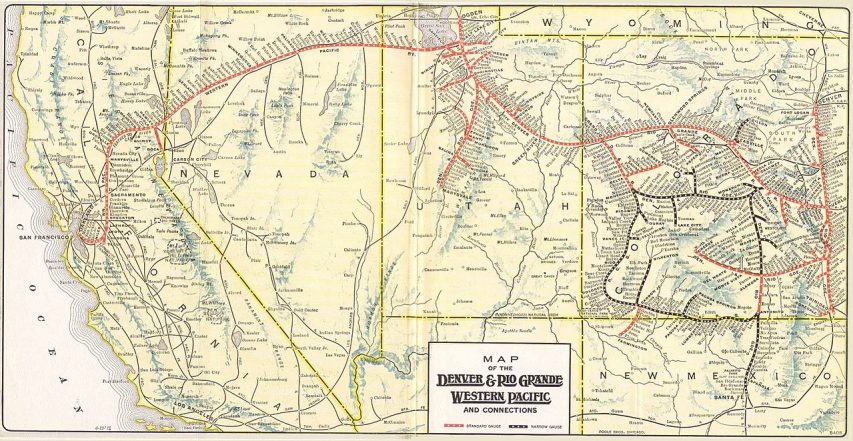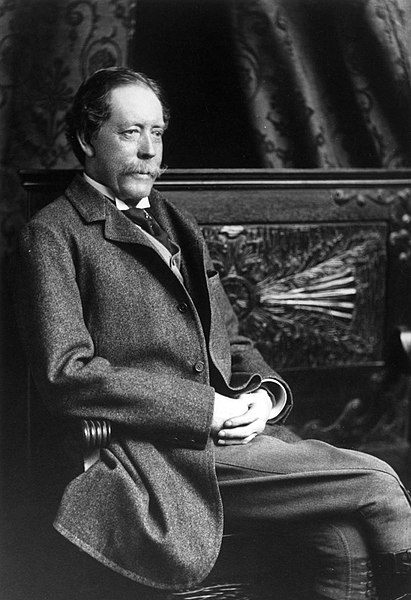 This month’s Classic Trains featured fallen flag is my favourite Canadian railway … I founded the TH&B Railway Historical Society many years ago (you can download a PDF of the first newsletter I did here … I didn’t have access to any TH&B photo I could use in the publication at that point, so it’s pretty much all text and tables). I put together as much information as I had about the railway at that time and printed up a few hundred copies to distribute at a regional railfan event (the CN Lines event in Oakville during October 1997), hoping to find fellow fans of the TH&B (back in those long-distant days when you couldn’t just run a quick search from your web browser, and most people didn’t yet have email addresses). The gamble worked and we had a formal historical society up and running for the following issue. I published the newsletter for five years before finally burning out and handing it over to more capable hands.
This month’s Classic Trains featured fallen flag is my favourite Canadian railway … I founded the TH&B Railway Historical Society many years ago (you can download a PDF of the first newsletter I did here … I didn’t have access to any TH&B photo I could use in the publication at that point, so it’s pretty much all text and tables). I put together as much information as I had about the railway at that time and printed up a few hundred copies to distribute at a regional railfan event (the CN Lines event in Oakville during October 1997), hoping to find fellow fans of the TH&B (back in those long-distant days when you couldn’t just run a quick search from your web browser, and most people didn’t yet have email addresses). The gamble worked and we had a formal historical society up and running for the following issue. I published the newsletter for five years before finally burning out and handing it over to more capable hands.
The society is still in operation, and the newsletter (now called The Ontarian) is mailed out four times per year. Membership information available at the society website.
Greg McDonnell begins the article with a quick look at the TH&B’s early history:
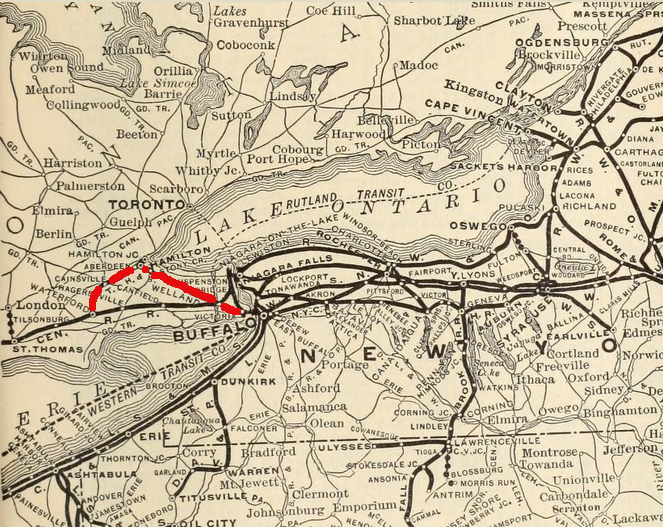
Detail from a map published in The Commercial and Financial Chronicle in 1908. TH&B trackage has been marked in red (not on the original image).
Wikimedia Commons.
Canada, thanks to its two transcontinental giants after 1923, had few small “regional” railroads. One, though, was the 111-mile Toronto, Hamilton & Buffalo Railway, which vanished in 1987.
Little TH&B had a larger-than-life presence that belied the reality of its being merely the southern Ontario stepchild that linked parents New York Central and Canadian Pacific. TH&B never realized its dream of being an independent road linking its three namesake cities, but in its heyday, it did haul sleeping cars from Toronto for New York, Boston, Cleveland, Pittsburgh, and Philadelphia. In 1911, it became the first North American railroad to install Absolute Permissive Block signaling; it erected a splendid art deco station and office tower in Hamilton, Ontario; and it had Canada’s only 2-8-4 steam locomotives, not to mention two ex-NYC Hudsons.
In 1890, even before a rail was laid, TH&B deviated from its chartered intentions, dropping Buffalo from its plans in favor of an eastern terminus and connection with the Canada Southern, a subsidiary of NYC’s Michigan Central, at Welland, Ontario. In 1892, TH&B acquired its first operating trackage, the faltering 18-mile Brantford, Waterloo & Lake Erie, a Brantford–Waterford line that was extending itself to Hamilton.
The original Hunter Street station in Hamilton, replaced in 1929 with the current Art Deco station now operated by GO Transit.
Local History & Archives, Hamilton Public Library via Wikimedia Commons.As crews spiked TH&B rails from Hamilton to Welland, the line’s strategic importance attracted suitors. And not just anyone, for on July 9, 1895, the still-incomplete railway was sold to a consortium headed by two of the most powerful men in North American railroading: NYC’s Cornelius Vanderbilt and CPR’s William Van Horne.
NYC, dividing its holdings with subsidiaries MC and CASO, took a 73% stake in the fledgling bridge line; CP held the remaining 27%, an arrangement that would endure for 80-plus years. TH&B was afforded a considerable measure of autonomy, but parental influence from New York and Montreal gave TH&B its unique international character.
The TH&B Society picks up the history in somewhat more detail (the original draft was mine, but several others have made additions and changes since then):
The next phase of construction was to be the line from Hamilton to Toronto. The surveyed route to Toronto closely paralleled the existing Grand Trunk Railway mainline. In order to avoid construction of a parallel line (and the potential loss of traffic to the competing line), the GTR granted running rights to the Canadian Pacific Railway between Toronto and Hamilton in 1896. That same year the TH&B constructed what became known as the Hamilton Connection between its line and the GTR at Hamilton Junction. The Hamilton Connection was subsequently leased to the CPR and became their physical connection to the TH&B.
In 1897, the TH&B obtained running rights over the Hamilton & Dundas Railway for the provision of freight service into the Town of Dundas. The H&D Railway, a local interurban line, ceased operations in 1923 and the TH&B acquired the former H&D right of way into Dundas to continue freight operations. The line into Dundas was known as the H&D Branch.
In order to tap into Hamilton’s expanding industrial sector, construction began on the Hamilton Belt Line in 1900. The Belt Line expanded with the construction of two additional branch lines in 1911 to allow access to all industrial sectors of the city, many of which were previously serviced exclusively by the GTR. Although the Belt Line was only six miles in length, it contained over 40 miles of yard and industrial sidings and would provide much financial sustenance to the TH&B over the years.
In 1914, the 14-mile Dunnville Subdivision was constructed southward from Smithville to the Town of Dunnville and extended five miles further to the shores of Lake Erie at Port Maitland in 1916. Access to Lake Erie allowed the creation of the TH&B Navigation Co. that operated between Port Maitland and Ashtabula, Ohio, from 1916 until discontinuance in 1932.
The TH&B’s final expansion occurred in 1927 when running rights were awarded over the Canadian National Railways to gain access to the industrial City of Port Colborne.
1935 saw the first abandonment of trackage when the Ridgeville Spur, a small four-mile branch extending off the Welland Subdivision just outside of Welland, was abandoned and the rails were removed in 1936.
The St. Lawrence Seaway Authority completed the construction of the present-day Welland Canal in 1972 resulting in the relocation of several rail lines in the area. The Welland Subdivision was realigned between Fenwick and Welland where a new yard was constructed and operated in conjunction with New York Central’s corporate successor, Penn Central. The new shared facility allowed the closure and removal of the original and independent TH&B and Penn Central operations located within the city. Welland Yard continues to operate today as a Canadian Pacific’s marshalling facility for the Niagara Region.
In 1976, the United States Government amalgamated six bankrupt railroads, including the New York Central’s corporate successor, Penn Central, into a new entity called Conrail. In an effort to reduce debt, Conrail began shedding foreign investments including their controlling interest in the TH&B. In 1977, CP Rail acquired Conrail’s 73% interest giving CP 100% control of the railway.
In 1985, CP Rail and Canadian National jointly acquired the assets of Conrail’s Canada Division, the former Canada Southern Railway. CP Rail acquired exclusive ownership of the eastern end of the line between the TH&B connection at Welland and the international border crossings at Niagara Falls and Fort Erie, Ontario. While CP equipment was used to operate this portion of the line, known as CP CASO, the TH&B provided the managerial and administrative functions on CP Rail’s behalf.
The TH&B would continue to operate as a separate entity until 1987 when it was amalgamated into the Eastern Region of the London Division of CP Rail.
CP Rail abandoned the H&D Branch in 1988 with the Waterford Subdivision following in 1989. Also in that year, CP discontinued operations into Port Colborne, opting not to renew the running rights agreement over the CNR.
Today, the surviving portions of the TH&B, including the Hamilton Belt Line, the former Welland Subdivision and a portion of the Dunnville Subdivision operate as part of Canadian Pacific’s Hamilton Subdivision in CPR’s Southern Ontario Service Area.

